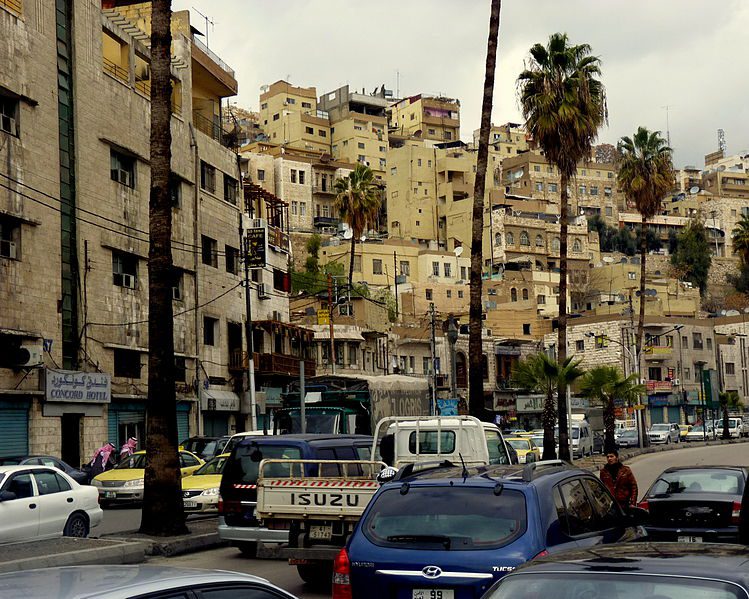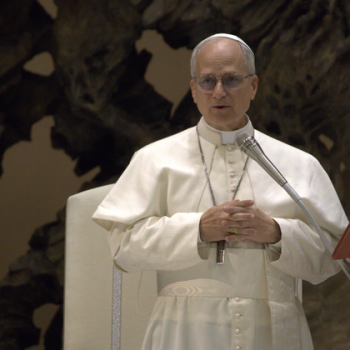
Continuing a bit more with my first pass through a manuscript that I hope to finish within the next six months or so:
The Middle East is a mess. That is perhaps the most obvious fact about the area. It is, possibly, the worst-governed region on the globe. Or perhaps it just seems to be so bad because we give the area so much attention. We do that because the place is so important to us, and not merely because of its oil reserves. It is the source of much of our own culture. Many of our most sacred values come from a barren peninsula known as the Sinai. The region exercises a huge influence on our imaginations. Hardly a schoolchild is unaware of the pyramids or the Sphinx. Bible readers who may know nothing of ancient history in general know of Babylon and Nebuchadnezzar, of the Philistines and the Canaanites. More importantly, they know of Israel, and the place names of a small territory called Palestine linger in our minds: Galilee, Sodom and Gomorrah, Jerusalem, the River Jordan.
The continent of Africa, too, suffers from incompetent and evil rulers, but we in the West seldom notice it. For most of us, Africa is central neither to our belief system nor to our personal identities. Furthermore, with spectacular recent exceptions like Rwanda and Somalia, Africans generally do not intrude upon our consciousness. They suffer, relative to us, in silence. Their agonies rarely make the front pages of our newspapers. But disputes in the Middle East are likely to spill over into terrorist attacks in New York, Washington DC, Madrid, and Paris, to bring airliners down in rural Pennsylvania. Why this should be so deserves our attention.
Politics in the Middle East can be seen as a combination of three entirely different traditions, interacting somewhat uneasily.[1] The first of these traditions can be loosely described as the politics of the tribe. This is probably the oldest form of politics in the region and perhaps the oldest anywhere. And it is the form of politics to which, when things get rough, the Arab situation tends to revert. The modern national boundaries of the Middle East are often artificial, and the governments that rule the nations of the region, although they may appear to the superficial eye to be modern and to have all the institutional trappings of up-to-date regimes (presidents, prime ministers, parliaments, and the like), are frequently every bit as inauthentic. In tribal politics, the individual’s loyalty is given first and foremost to his kinship group, his clan, or to his religious denomination. The object of his loyalties may or may not be a literal tribe as in Arabia before Islam, but it will often behave as if it were. (We have seen this reflected in the Ottoman Empire’s millet system.) Relations between the tribes are often characterized by suspicion, rivalry, and terrible vengeance for wrongs suffered or perceived. It is only by taking such vengeance, by intimidating and discouraging potential enemies, that one can be reasonably certain of safety in the future. There is, as there was in pre-Islamic Arabia, no higher authority to appeal to, no police force to protect. Thus, we have an Alawite religious minority dominating Syria to its own benefit. In Iraq, a kind of mafia from the village of Tikrit ruled the country for years until it was brought down by an American invasion. It persecuted the Kurds of the north and, being itself Sunni Muslim (at least in name), persecuted the Shiite majority that resides mainly in the country’s south. The classic illustration of this tribal politics is to be found in Lebanon, which will be discussed below, but it is certainly not foreign to Israel, where a tribe of Palestinian Arabs is locked in a struggle with a tribe of Israeli Jews. Today, just as in the Middle Periods, the ruling elite in the Near East is often religiously or otherwise foreign to the populace. There is a gulf between the ruler and the ruled.
[1] My formulation of these three traditions rests heavily upon Thomas L. Friedman, From Beirut to Jerusalem (New York: Farrar Straus Giroux, 1989), 87-101, although I have long thought along these general lines and have, I hope, given the subject my own twist. (The brilliant Arab historian and social theorist Ibn Khaldun had, after all, developed the idea of tribal “solidarity” [asabiyya] as a force in history already by the end of the fourteenth century.) Still, I learned a great deal from Friedman’s extraordinarily insightful book, as is demonstrated throughout this chapter. Other books that have taught me much include Gilles Kepel, The Revenge of God: The Resurgence of Islam, Christianity and Judaism in the Modern World, translated by Alan Braley (University Park: Pennsylvania State, 1994); Emmanuel Sivan, Radical Islam: Medieval Theology and Modern Politics (New Haven: Yale, 1985); Barry Rubin, Revolution until Victory? The Politics and History of the PLO (Cambridge: Harvard, 1994). Ziad Abu-Amr, Islamic Fundamentalism in the West Bank and Gaza: Muslim Brotherhood and Islamic Jihad (Bloomington and Indianapolis: Indiana, 1994), is a useful guide into the confusing world of Palestinian Islamic militancy.
Posted from Amman, Jordan















